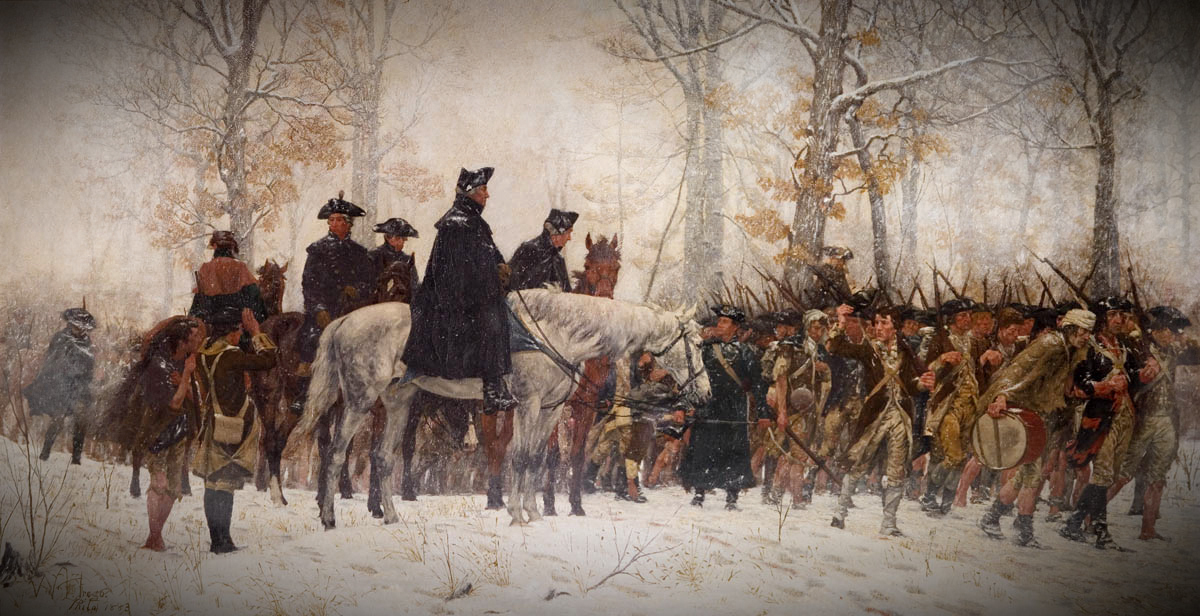If you want to declare independence from another country, you have to have an army. But if you are a new country, not recognized by anyone, how do you go about funding an army? I will be answering this question in the third installment of The Revolutionary War in a Nutshell.
The Second Continental Army of the United States of America established an army on June 10, 1775 with no money and no taxes to bring money in. They decided that each state would recruit and pay regiments from that state. Only the Continental Congress had the right to promote someone to the rank of general, and it would only promote as many generals as there were regiments from a particular state. Virginia, for instance, raised and paid for six regiments and could have six generals. Most states had a hard time paying their soldiers. Some states, like Pennsylvania and New Jersey, paid their soldiers at first and then, lacking funds, stopped paying their soldiers.
Thus we have General George Washington with the Continental Army in places like Valley Forge PA and Morristown NJ where the frozen, starving, and half naked Continental Army spent winters. The states and the Continental Congress wanted to pay the soldiers – the soldiers were brave and well-trained patriots – but there wasn’t any money.
So the Continental Congress decided to start printing paper money. They printed money to pay their bills and soldiers, but without the backing of gold or silver, the money wasn’t worth much. The British even circulated counterfeit money which further devalued the “continental”: thus the old phrase “not worth a continental.”
By 1777 the situation was so bad that soldiers were walking away from the army. They went “on strike” until they could be paid and refused to re-enlist. General Washington wrote desperate letters to the states asking that they pay their soldiers while he still had an army left. Finally, Brigadier General Nathanael Greene agreed, at Washington’s desperate pleading, to take over as Quartermaster General of the Continental Army. Greene was exceptionally skilled at getting people to cooperate and by June of 1778 the army had uniforms and provisions, although the soldiers still went through periods where they were not paid.
This difficulty in funding an army made the militia even more important. The militia were not paid: they were citizen soldiers who would show up if there was going to be a battle in their area in support of the army. They carried their own guns and brought their own ammunition. They were not trained as professional soldiers and the British army held them in disdain. But the patriot militia would prove their worth in the war, especially in the south. How? To find out you will have to tune in for another episode next week of “The Revolutionary War in a Nutshell.”

